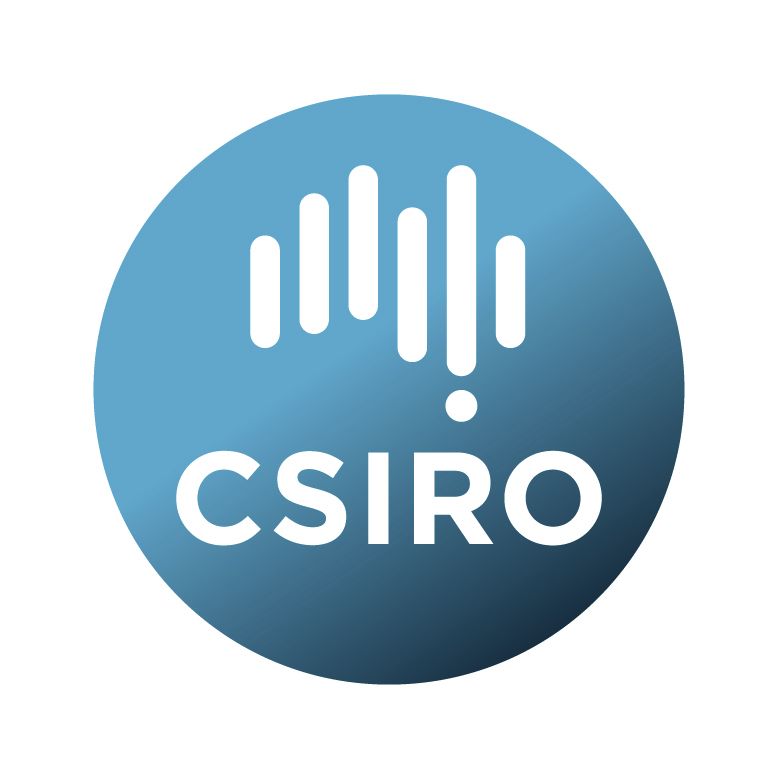Brief description
This record describes habitat probability maps for vulnerable marine ecosystems (VMEs) on the Tasmanian Seamounts produced by Berry et al. (2025).Habitat probability maps were produced from two random forest models utilising multibeam sonar derived rasters, acquired as part of RV Investigator voyage IN2020_V10, and annotated video data acquired as part of RV Investigator voyage IN2018_V06. Additionally, fishing impact information was used as a model input, which was sourced from Williams et al. (2020). Input raster data is at a grid resolution of 15m. Continuous predictor variables used in modelling include backscatter, bathymetry, Fine BPI, LS Factor, Plan Curvature, Profile Curvature, Relative Slope Position, Ruggedness. Categorical predictor variables used in modelling include Fishing Impacts and Seamount. The response variable utilised a VME threshold developed by Williams et al. (2020). Model outputs include habitat probability maps for Model 1 and Model 2, and corresponding uncertainty maps (co-efficient of variation).
Contained in this record are:
•\tPredictor variables used in models
•\tResponse variable used in models
•\tModel outputs (including habitat probability and uncertainty)
For more details, please refer to the article:
Berry, C., Lucieer, V., Williams, A., Althaus, F., Whittaker, J. (2025) Assessing the importance of acoustic backscatter and bottom fishing impact as predictor variables for mapping coral reefs on the Tasmanian seamounts. Frontiers in Remote Sensing (under review).
Available: 2025-01-21
Data time period: 2018-11-23 to 2020-11-22
Subjects
Biological Sciences |
Backscatter |
Biological Oceanography |
Earth Sciences |
Engineering |
Ecology |
Geology |
Geomatic Engineering |
Geospatial Information Systems and Geospatial Data Modelling |
Habitat Probablity Maps |
Marine and Estuarine Ecology (Incl. Marine Ichthyology) |
Marine Geoscience |
Multibeam Echosounder |
Oceanography |
Vulnerable Marine Ecosystems |
User Contributed Tags
Login to tag this record with meaningful keywords to make it easier to discover


